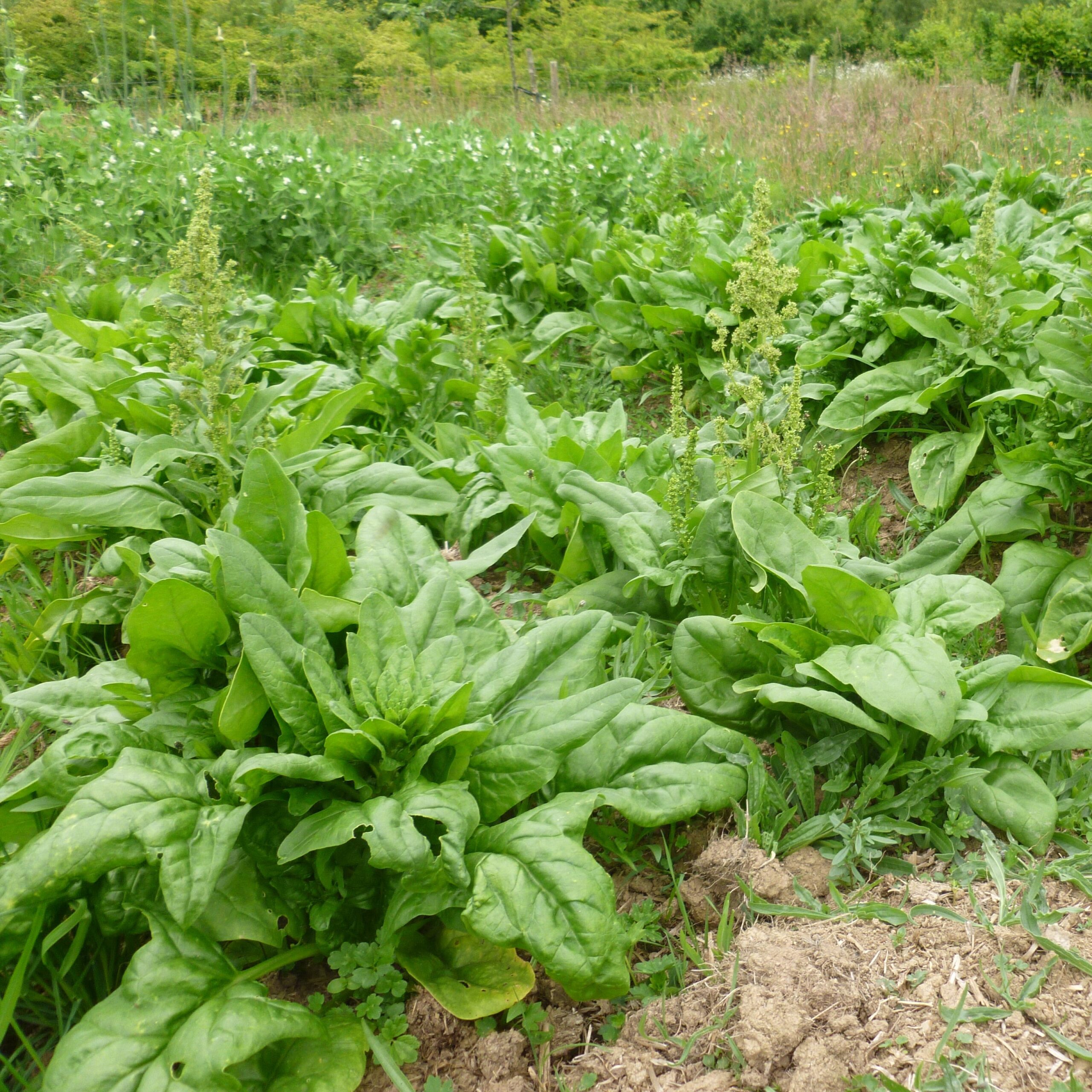Spinach – Matador (Organic)
£2.30
Reliable medium-early variety for autumn, spring and winter cultivation. Robust, flavoursome and productive. Matador is ‘the’ tried and tested variety for your garden with large and tender leaves, bolt- and frost-hardy. It was Ronja’s first spinach trial in her mum’s raised beds that was a huge success. In spring when the spinach bolts and produces seed, you can easily save it and sow it again for your next crop.
(Approximate seed count – 460)

In stock
| Month | J | F | M | A | M | J | J | A | S | O | N | D | ||||||||||||
|---|---|---|---|---|---|---|---|---|---|---|---|---|---|---|---|---|---|---|---|---|---|---|---|---|
| Sow | ||||||||||||||||||||||||
| Plant | ||||||||||||||||||||||||
| Harvest | ||||||||||||||||||||||||
Seed Sowing
For summer varieties of spinach, sow in spring (February to April) and protect with fleece if there is a danger of frost. For winter varieties, sow at the end of summer (August to October). Sow the spinach seeds in situ in drills 30 cm apart, and thin to 15 cm between plants. Alternatively, sow in modules and transplant to the final spacing. Spinach can be successively sown to ensure a fresh crop of young tender leaves.
Transplanting
Prepare the area by removing weeds and adding organic matter to your patch before planting. Transplant your seedlings into their final growing position 15 cm x 30 cm in April to May when the risk of frost has passed and the soil has warmed. Protect young plants from frost with fleece.
Plant Care
Spinach does best in a warm position and moist soil; it tends to bolt in response to heat, drought or long days, especially in summer. It’s quick-growing and plentiful, doing well in partial shade. Overwintering varieties benefit from full sun.
Challenges
Aphids can be a problem, check the undersides of leaves regularly. Create habitat for predatory insects such as ladybugs to overwinter in your garden. It can be susceptible to diseases such as downy mildew and fusarium wilt; ensure good airflow around the plants and avoid overhead watering.
Harvest
Harvest once established and leaves are plentiful. Regular picking of the outer leaves encourages continuous growth. Successive sowings will lengthen the harvest time. A late sowing in September/October will keep going, albeit slowly, throughout winter.
Culinary Ideas
Spinach is pretty versatile. It’s high in iron, magnesium, and vitamins C and B6. Cooking spinach actually increases its health benefits. Adding it to the meal towards the end of the cooking process gives a vibrant touch to the dish. Young leaves are perfect in a salad or sandwich. Spanakopita, Saag Paneer, and eggs Florentine are some classic recipes using spinach.
Seed Saving
To save spinach seeds, grow a minimum of 20 plants to ensure healthy genetics and isolate them from other spinacia oleracea plants, as spinach is wind-pollinated and prone to cross-breeding. Select healthy plants with desired traits and let them flower. Spinach is a dioecious species, meaning there are separate male and female plants. Ensure the presence of both to facilitate the pollination process. Harvest the seeds when about two-thirds are mature, determined by the hardness of the seed and a brown color. Cut the branches or the entire plant at the base and dry further in a well-ventilated place for at least 10 days. Rub the seeds off the stalks, sieve or winnow; then store in a cool and dry place.

